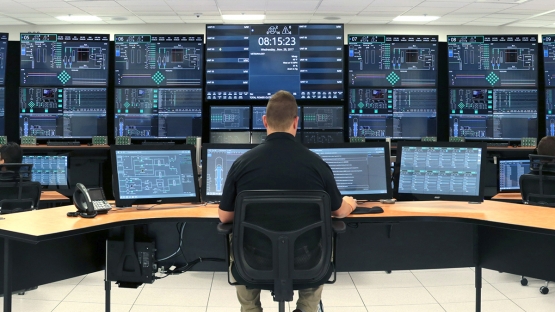The IAEA’s new Technical Working Group on small and medium sized or modular reactors (SMRs) held its first meeting with 34 experts from 14 Member States and 2 international organizations.
With some 50 SMR concepts at various stages of development around the world, global interest in SMRs is growing. They have the potential to meet the needs of a wide range of users and to be an additional low carbon replacement option for ageing fossil fuel fired power plants. They also display enhanced safety features and are suitable for non-electric applications, such as heating and water desalination. These reactors have advanced engineered features, deployable either as a single or multi-module plant, and are designed to be built in factories and shipped to utilities for installation as demand arises.
“This initiative is the natural evolution of a decade-long effort on SMRs,” said Marco Ricotti, Chairman of the working group that met in Vienna from 23 to 26 April. “Members will provide recommendations to the Agency for developing and evaluating programmes to support Member States, including both technology developers and embarking countries.”






